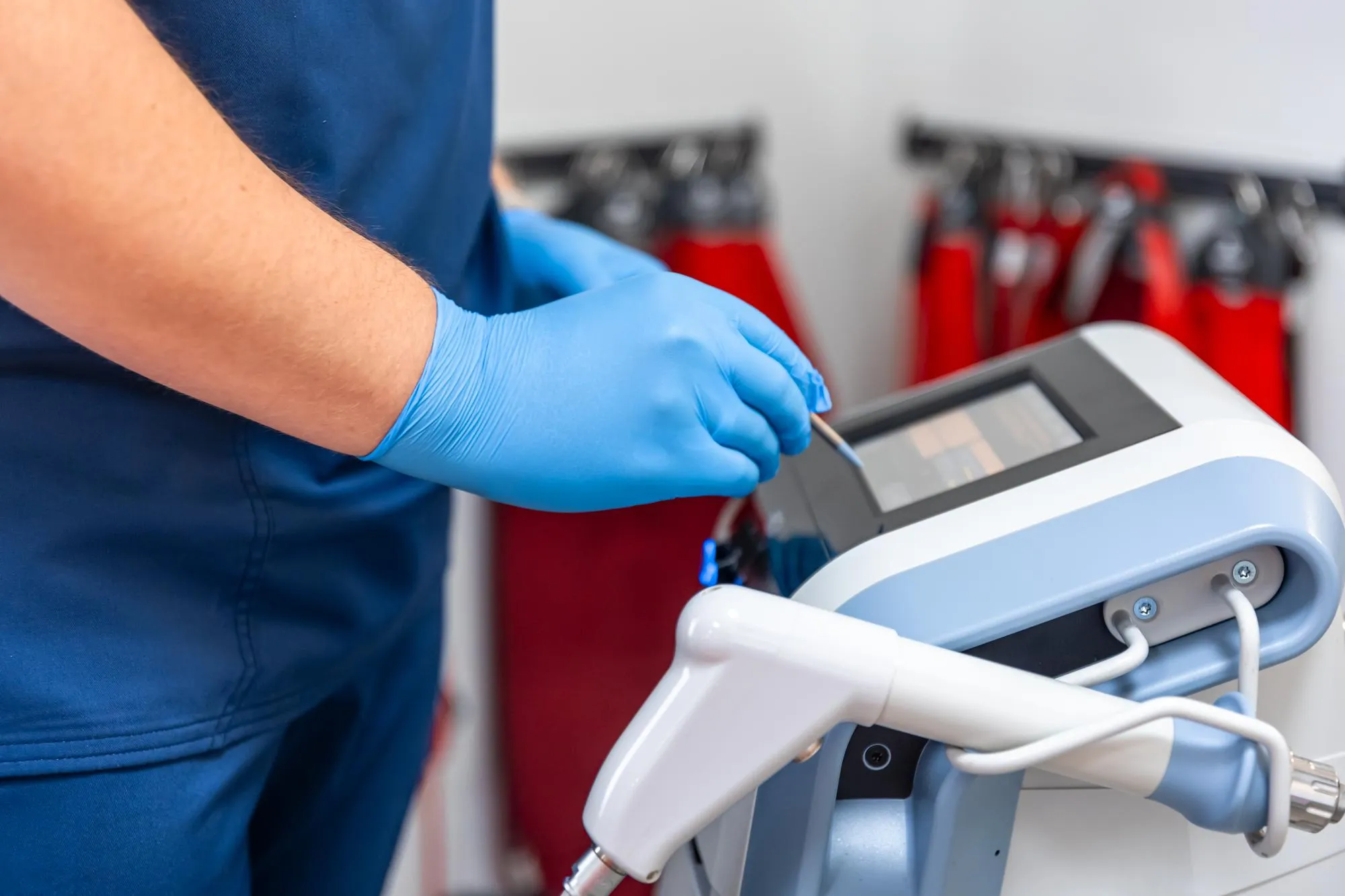Introduction
In the sophisticated field of chemical analysis, chiral ionic liquids (CILs) have emerged as a transformative class of compounds that enhance separation techniques such as capillary electrophoresis. Capillary electrophoresis is a valuable tool in analyzing chiral compounds, which are mirror-image molecules (enantiomers) critically important in pharmaceuticals and agrochemical industries due to their distinct biological activities. A nuanced understanding of these compounds ensures the efficacy and safety of the formulated products. This article explores a breakthrough study published in the “Journal of Chromatography A,” DOI: 10.1016/j.chroma.2019.04.040, where researchers synthesized novel amino alcohol-derived chiral ionic liquids and assessed their application as additives to boost enantioseparation in capillary electrophoresis.
Research Overview
Dr. Ma Xiaofei and colleagues from the China Pharmaceutical University embarked on a quest to develop more efficient compounds for separating enantiomers. In their study (DOI: 10.1016/j.chroma.2019.04.040), they synthesized three chiral ionic liquids derived from amino alcohols: l-valinol, l-prolinol, and l-phenylalaninol. These CILs were designed to improve the enantioselectivity and resolution of capillary electrophoresis. By introducing these CILs, the team aimed to create a synergistic system that could separate a wide range of chiral compounds effectively.
Synthesis of Chiral Ionic Liquids
The CILs were ingeniously crafted from natural amino alcohols, which were then transformed through a series of reactions to yield N,N,N-trimethyl-l-valinol-bis(trifluoromethanesulfon)imide ([TMLV] + 2-), being one of the derivatives produced. The elaborate chemical synthesis ensured these ionic liquids possessed the necessary molecular characteristics to bind selectively with enantiomers and aid in their separation.
Enantioseparation Application and Results
Once synthesized, these CILs were applied as additives to the capillary electrophoresis of various pharmaceutical compounds. The researchers demonstrated that the CILs significantly enhanced the resolution and selectivity of the chiral separations. Additionally, it was found that even small amounts of these CILs could produce marked improvements in enantioseparation efficiency.
Molecular Docking Studies and Synergetic Effects
The study was complemented by molecular docking analyses, which provided insights into the interaction mechanisms between the CILs and the pharmaceutical enantiomers. These computational models suggested that the CILs exhibit a synergistic system when combined with 2-Hydroxypropyl-beta-cyclodextrin, a commonly used chiral selector in capillary electrophoresis. This combination was key to the observed enhancements in separation performance.
Implications for Pharmaceutical Analysis
The implications of these findings reach far into the pharmaceutical sector, where the demand for efficient and cost-effective separation of chiral drugs continues to grow. The development and application of these CILs promise to speed up the drug development process and ensure the safety and effectiveness of chiral drugs.
Conclusion
The research spearheaded by Dr. Ma Xiaofei and the team from the China Pharmaceutical University represents a significant stride forward in chiral separation science. The novel amino alcohol-derived CILs offer a potent tool for enantioseparation in capillary electrophoresis, enabling more precise and efficient analysis of chiral compounds. This research holds a key to unlocking new potentials in pharmaceutical quality control, pharmacovigilance, and overall drug safety.
References
1. Ma, X., Du, Y., Sun, X., Liu, J., & Huang, Z. (2019). Synthesis and application of amino alcohol-derived chiral ionic liquids, as additives for enantioseparation in capillary electrophoresis. Journal of Chromatography A, 1601, 340-349. DOI: 10.1016/j.chroma.2019.04.040
2. Berthod, A., & Armstrong, D. W. (2009). Chiral recognition in separation methods: mechanisms and applications. Springer.
3. Shamsi, S. A. (2016). Chiral ionic liquids: synthesis, properties, and applications as chiral selectors in capillary electrophoresis. Electrophoresis, 37(16), 2178-2195.
4. Caltagirone, C., & Gale, P. A. (2009). Chiral anion-mediated asymmetric catalysis and synthesis using chiral ionic liquids and related salts. Chemical Society Reviews, 38(2), 520-563.
5. Petersson, P. (2008). Capillary electrophoresis and chiral analysis. Trends in Analytical Chemistry, 27(9), 749-761.
Keywords
1. Capillary Electrophoresis
2. Chiral Ionic Liquids
3. Enantioseparation
4. Amino Alcohol Derivatives
5. Pharmaceutical Enantiomer Analysis
The research spearheaded by Dr. Ma Xiaofei and the team is truly a leap forward in the field of analytical chemistry, providing a new set of tools for the precise and efficient analysis of chiral substances – an indispensable process in ensuring the safety and efficacy of therapeutic drugs.
